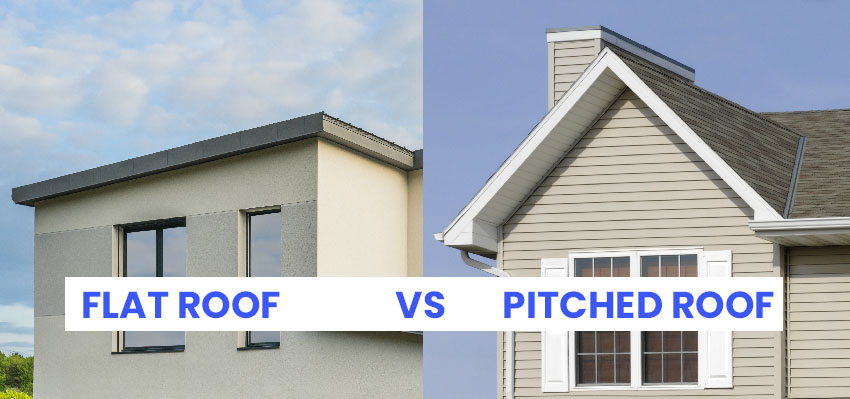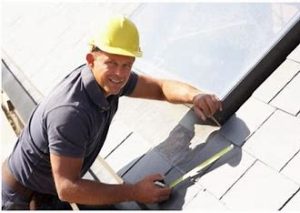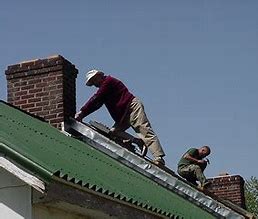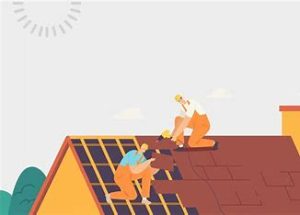The structure and design of a roof play pivotal roles in the overall aesthetics, functionality, and maintenance of a building. Two of the most common roof designs are flat and pitched roofs. Both have their own set of advantages and disadvantages. If you’re trying to decide which is right for your home or building, read on for a comparative analysis of the two.
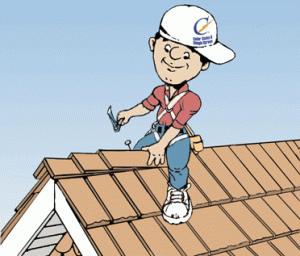 Flat Roofs
Flat Roofs
Characterized by a slight slope—generally not exceeding 10 degrees.
Pros:
- Modern Aesthetics: Flat roofs offer a sleek and contemporary design, favored by many modern architects.
- Usable Space: The flat surface can be used for rooftop gardens, solar panels, or even a leisure space or patio.
- Cost-Effective: Typically, they require fewer materials and can be less expensive to install than pitched roofs.
- Accessibility: Easier to access and safer to walk on, making maintenance tasks like cleaning or repairs more straightforward.
Cons:
- Drainage Issues: The slight slope might not efficiently drain water, leading to pooling, which can damage the roof over time.
- Limited Lifespan: Generally, flat roofs have a shorter lifespan than pitched roofs, often requiring more frequent replacements or repairs.
- Maintenance: Requires more regular maintenance to clear debris and check for water pooling.
- Insulation Concerns: Might not offer as much insulation as pitched roofs, potentially leading to higher energy costs.
Pitched Roofs
Defined by their sloping design, typically forming a peak or multiple peaks.
Pros:
- Longevity: Built with steeper angles, pitched roofs often last longer than flat roofs as they effectively shed water and snow.
- Aesthetic Variety: They can be designed in various styles—like gable, hip, or mansard—offering more architectural choices.
- Space Advantages: The attic space beneath a pitched roof can be used for storage or converted into living spaces.
- Efficient Insulation: The design allows for better insulation, which can lead to energy savings in the long run.
Cons:
- Cost: Pitched roofs can be more expensive due to the increased amount of materials required and the complexity of the installation.
- Maintenance Challenges: The sloped design can make it more challenging to perform maintenance tasks, especially without proper safety equipment.
- Weight Concerns: Depending on the materials used, pitched roofs might exert more weight on the building’s structure.
Conclusion
The choice between a flat and pitched roof largely depends on your preferences, budget, and the intended use of the structure. Consider factors like long-term maintenance, aesthetic preferences, and local climate when making a decision. It’s always recommended to consult with a roofing professional who can offer insights tailored to your specific situation.

